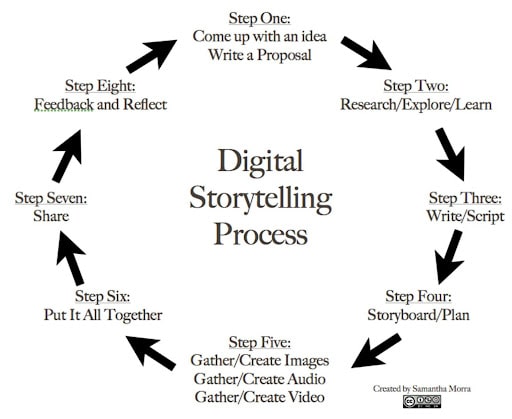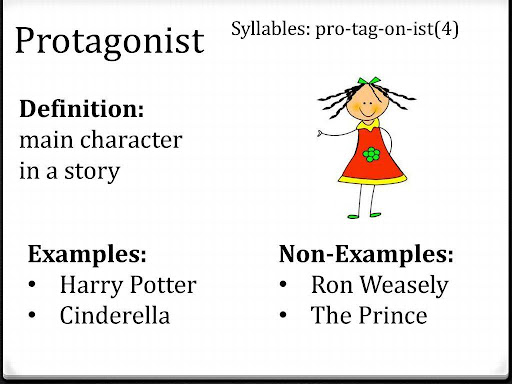Storytelling is a powerful tool that can be used to engage and connect with an audience. This is especially true in website design, where storytelling can be used to create an emotional connection with visitors and help them understand the purpose and value of a website. In this article, we will explore the power of storytelling in website design services and provide examples of how it can be used effectively.
Why stories are important
The first thing to understand about storytelling in website design is that it is not just about telling a story. It is about creating an experience for the visitor that is both engaging and meaningful. This can be achieved through the use of elements such as images, videos, and text that work together to create a cohesive narrative.
One of the most effective ways to use storytelling in website design is to create a story that is both relatable and relevant to the visitor. This can be done by using images, videos, and text that highlight the problems or challenges that the visitor may be facing and how the website can help them overcome those challenges. For example, a website for a financial planning service could use storytelling to show how the service can help visitors achieve their financial goals.
How to do storytelling
Another way to use storytelling in website design is to create a sense of authenticity. This can be done by using real-life examples and testimonials from actual customers. This can help visitors connect with the website on a personal level and feel more comfortable with the service or product being offered. For example, a website for a travel company could use storytelling to show how the company has helped other customers plan and book their dream vacations.
Storytelling can also be used to build trust and credibility with visitors. This can be done by highlighting the company’s experience and expertise in the industry. By using storytelling to show the company’s history and how it has helped other customers, visitors will be more likely to trust the company and be more likely to do business with them. For example, a website for a law firm could use storytelling to show the firm’s history and experience in handling similar cases to the visitor’s.
Another powerful way to use storytelling in website design is to create an emotional connection with visitors. This can be done by using images, videos, and text that evoke emotions such as happiness, hope, and inspiration. This can help visitors feel more connected to the website and the service or product being offered. For example, a website for a non-profit organization could use storytelling to show the impact of the organization’s work on the lives of people it serves.
Solve user problems with storytelling
By using storytelling in website design, you can create a more engaging and user-friendly website that addresses the user’s problems and helps them to achieve their goals. It’s important to keep in mind that the story should be tailored to the specific user’s needs and pain points.
- Understand the user’s perspective: Understand the user’s needs, pain points, and goals to create a story that addresses their problems.
- Use relatable characters and scenarios: Use characters and scenarios that are relatable to the user to make the story more engaging and easy to understand.
- Use clear and simple language: Use clear and simple language to explain complex concepts and make the story easy to understand.
- Use storytelling in onboarding process: Use storytelling techniques in onboarding process to make it more engaging and memorable, helping users to understand the value proposition and make them familiar with the app or website.
The protagonist way
A protagonist is the main character in a story. The protagonist is typically the character with whom the audience identifies and through whose perspective the story is told. The protagonist’s goal or desire drives the plot of the story and their actions or decisions shape the story’s outcome.
For example, in William Shakespeare’s play “Romeo and Juliet,” Romeo is the protagonist. He is deeply in love with Juliet and his desire to be with her leads to the tragic events of the play.
In the novel “To Kill a Mockingbird” by Harper Lee, the protagonist is Scout Finch, a young girl growing up in the South during the 1930s. The story is told through her perspective and her growing understanding of racism and prejudice in her community shapes the novel’s themes.
Another example is the movie “The Matrix”, Neo is the protagonist. He is a hacker who discovers that the world as he knows it is a simulated reality, and he joins a rebellion against the machines that created it. His desire to free humanity from the Matrix drives the plot of the story.
In all three examples, the protagonist’s goal or desire drives the plot of the story and the audience experiences the story through the protagonist’s perspective.
Build a website structure with a story
Building a website structure with a story can help to engage visitors and convey a brand’s message in a compelling way. Here are some tips for using storytelling in website structure:
- Define the main goal of the website: The website’s main goal should align with the brand’s message and the story you want to tell.
- Create an outline of the story: Before building the website, create an outline of the story you want to tell. This will help you to organize the content and structure of the website in a logical and cohesive way.
- Use a consistent narrative: The website should have a clear and consistent narrative that guides visitors through the site.
- Incorporate interactive elements: Incorporate interactive elements such as quizzes, polls, and forms to encourage engagement and make the story more interactive.
- Test the website structure: Test the website structure with a group of users to gather feedback and make any necessary adjustments.
- Create a clear narrative: Your website should have a clear and consistent narrative that guides visitors through the site.
- Use visuals to tell your story: Visual elements such as images, videos, and infographics can help to convey your story in a more engaging way.
- Use headlines and subheadings to break up content: Headlines and subheadings can be used to break up content and make it easier for visitors to understand and engage with your story.
- Use storytelling in calls to action: Use storytelling techniques in your calls to action to encourage visitors to take action.
- Use storytelling in mobile app development services: Storytelling can also be used in mobile app development services to create a more engaging user experience. You can incorporate storytelling elements into the app’s design, such as using a consistent narrative or incorporating interactive elements.
In website design, storytelling can be used to engage visitors and convey a brand’s message in a compelling way.
When it comes to mobile app development services, it is important to make sure that your app is designed with a strong user experience in mind. This means incorporating elements such as intuitive navigation, a clean and simple design, and interactive elements that encourage engagement. Additionally, it is important to make sure that your app is optimized for mobile devices, so that it loads quickly and runs smoothly on a variety of different devices.
Conclusion
In conclusion, storytelling is a powerful tool that can be used to create an emotional connection with visitors and help them understand the purpose and value of a website. By using storytelling to create a relatable and relevant story, build trust and credibility, and create an emotional connection, website design services can engage visitors and help them understand the value of the service or product being offered. A well-crafted website that tells a story can be the difference between a visitor clicking away and becoming a customer.



